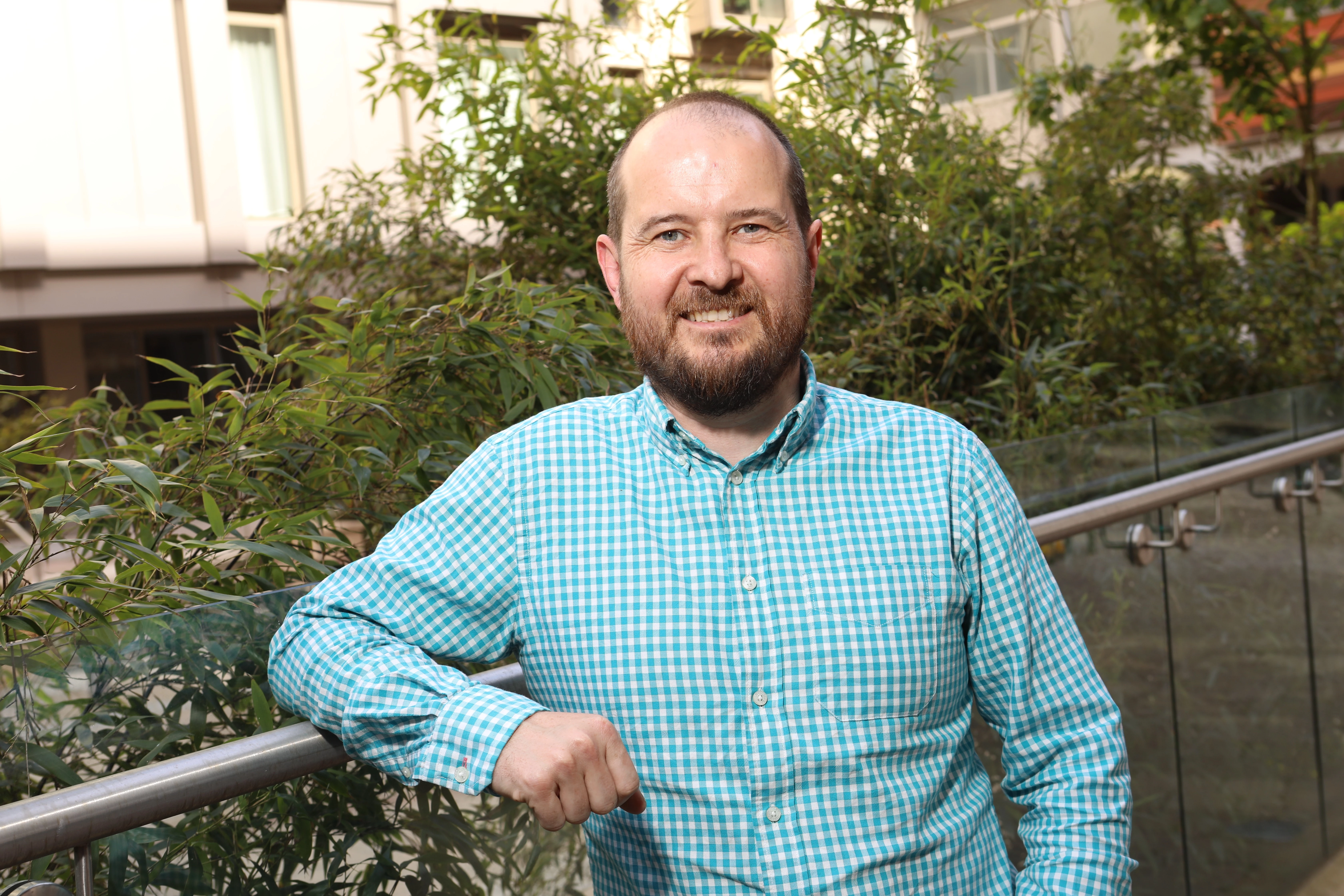
Partner Article
The modern leisure centre – is it fit for purpose?
Paul Reed, associate director at GT3 Architects
On Monday the 23rd March, in response to the global Covid-19 pandemic, the Government placed the UK into lockdown with all but essential businesses to close with immediate effect. At a time when all UK citizens were encouraged to partake in a single outdoor activity for exercise, 10 million gym members were unable to get their daily and weekly fix at their local leisure centre.
The nation had to get creative to get active. As the only official reason you were encouraged to leave your own home, many people who would not normally be active took to the streets in a positive step to maintain the nation’s mental and physical health. Rusty bikes were dragged out from their forgotten graveyards at the back of the garage, lunchtime strolls broke up the monotony of the imposed, “stay at home,” restrictions.
The current situation has seen a relaxation of guidance around outdoor sports and activities and, moving into the summer months, many have taken this opportunity. However, there has been little movement, so far, on the re-opening of gyms. The idea of re-starting activities in which breathing heavily comes with the territory, it is understandable that caution is the order of the day, with many sporting, national bodies, looking at this currently.
What will the gyms post pandemic look like, will the members be keen to head back into these facilities when it is safe to do so? It is likely that many of the circa 1 million users that sit in the “sleeper” category, those that pay a monthly fee but generally do not attend the gym, will be lost moving forward as they are unlikely to re-engage. Operators are facing a challenge of drawing back existing users and filling the gaps of those lost during restrictions.
Rather than seeing the issues with losing the potential 10% of users who may not return, maybe it is time to look at the opportunity for attracting a larger share of the wider UK public numbering over 50 million. How can these non-users, who may well have engaged in more activity over the last 12 weeks than ever before, be tempted into their local gyms?
Understanding what barriers have kept these people from becoming active is key to engaging them moving forward. Each individual has a separate and unique user story that has kept them from partaking in regular exercise and at GT3 Architects we see those user stories as the potential to unlocking this diverse group. Be it a middle-aged person who does not feel comfortable surrounded by younger, fitter users. A younger user who would prefer being active was more fun than the current offer or an older customer who would prefer activity came with a social aspect, alongside. Fitness clubs are often perceived as a place where only the young, fit people, dressed in lycra can feel comfortable. If you don’t fit this typology, they can be intimidating places. Maybe it is time that fitness clubs widened their offer to accommodate a whole range of users with differing needs.
At GT3 Architects we have been working on a potential solution to this issue with our Community + model. A community-based activity centre which looks to engage with a wide range of demographics and users to get them and keep them active. The concept moves away from the usual formal sporting spaces and instead replaces them with more flexible zones that are more sympathetic to user needs. Taking the fitness suite as an example, whilst many gyms are beginning to offer different types of exercise opportunities, like functional fitness and cross fit, all too often these are in a single large space that can intimidate image conscious users. “Scene setting,” a commonly used phrase and technique in our commercial work, providing users with multiple choice of settings in which to undertake their tasks can provide us with a framework for the fitness suite moving forward. Splitting down the larger spaces both visually and acoustically can provide users with smaller, more manageable spaces, without hugely affecting available exercise space for operators.
In addition to research into how we can re-imagine existing fitness spaces, we are also researching how we can bring additional users into the building and in turn present them with opportunities to partake in activity. The inclusion of community focused facilities such as libraries and life-long learning, alongside improved social opportunities, all with key views into active spaces are intended to provide diversity of footfall into the facility and engage a wider demographic.
Designing fitness suites and gyms to be more approachable and comfortable for the majority, may provide an opportunity to increase diversity and, in turn, result in a greater number of the ‘50 million’ being positively engaged in activity. In a time where health is at the top of the agenda, this can only be a positive step.
This was posted in Bdaily's Members' News section by GT3 Architects .
Enjoy the read? Get Bdaily delivered.
Sign up to receive our popular morning National email for free.




 test article 123456789
test article 123456789
 hmcmh89cg45mh98-cg45hm89-
hmcmh89cg45mh98-cg45hm89-
 test456456456456456456
test456456456456456456
 test123123123123123123
test123123123123123123
 test xxxdiosphfjpodskhfiuodsh
test xxxdiosphfjpodskhfiuodsh
 Savour the flavour: North Tyneside Restaurant Week returns for 2024
Savour the flavour: North Tyneside Restaurant Week returns for 2024
 Six steps to finding the right buyer for your business
Six steps to finding the right buyer for your business
 Stephen signs off on a special night
Stephen signs off on a special night
 Life’s a Peachaus: Gillian Ridley Whittle
Life’s a Peachaus: Gillian Ridley Whittle
 Making a splash: Phil Groom
Making a splash: Phil Groom
 Making workplace wellbeing a priority
Making workplace wellbeing a priority
 A record of delivery, a promise of more: Ben Houchen
A record of delivery, a promise of more: Ben Houchen